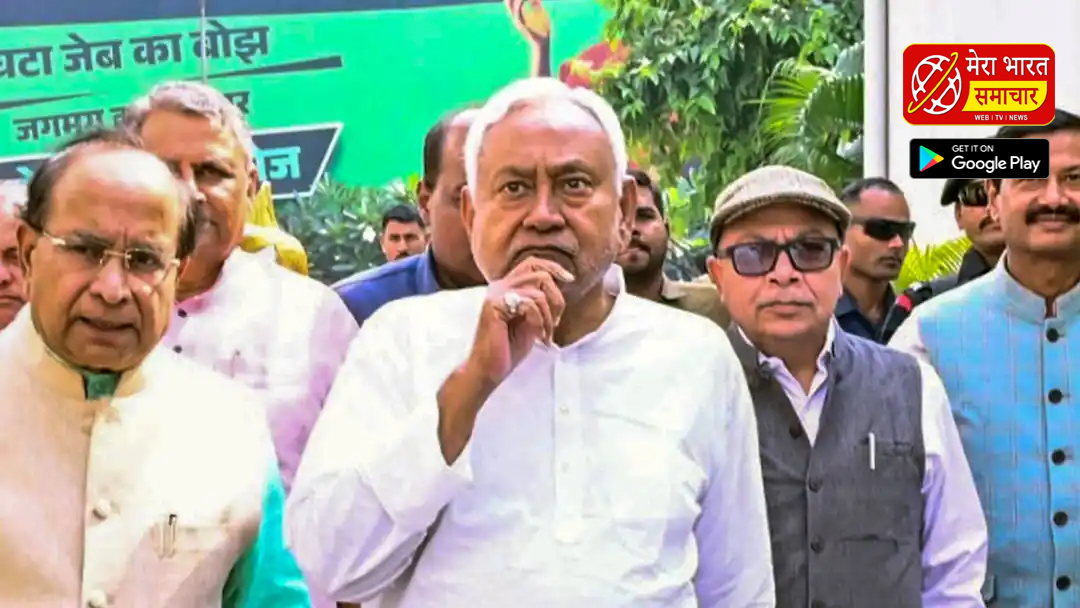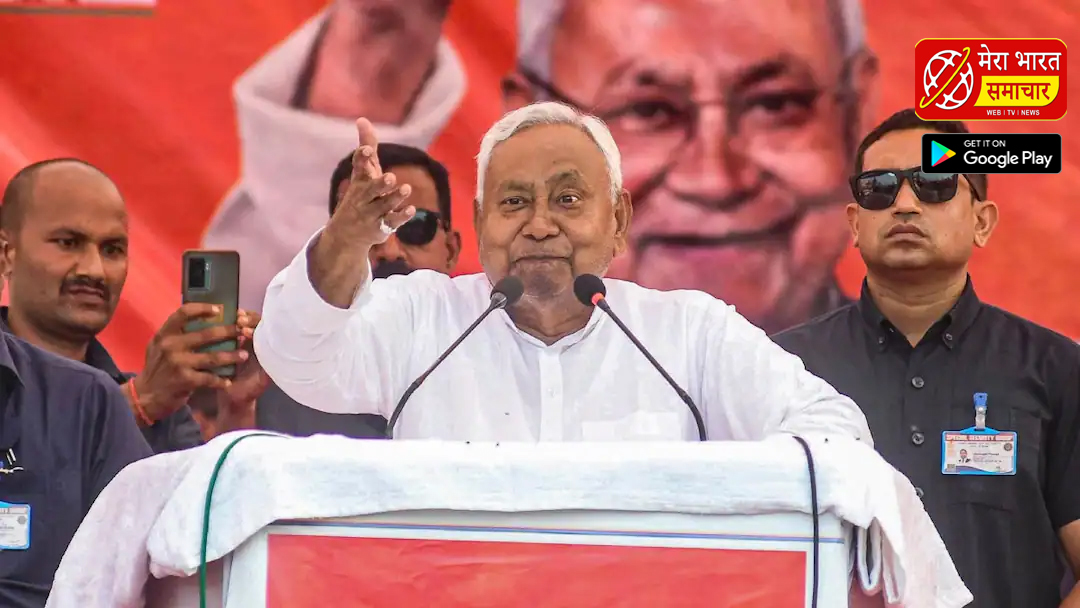In one of the most dramatic political shifts Bihar has seen in years, the state erupted in a sweeping saffron wave as the National Democratic Alliance (NDA) surged toward a near-landslide, brushing the 200-seat mark with surprising ease. By the time early trends from the Election Commission settled, it became clear that the NDA wasn’t just ahead, it was overwhelming the competition.
By afternoon, the BJP had taken a commanding lead on 92 seats, emerging as the single largest party. The JD(U) wasn’t far behind, leading on 84 seats. Smaller allies, LJP (Ram Vilas), HAM, and RLM, added crucial support, rounding off what is shaping up to be the NDA’s most decisive victory since its landmark 2010 performance.
1. The Modi-Nitish Trust Factor
At the core of this political storm was the deep trust voters continued to place in the Modi–Nitish partnership. Opposition efforts to question Nitish Kumar’s health and leadership failed to stick. Instead, voters responded to the alliance’s mix of welfare promises, development pledges, and familiar leadership. The message from the ground was clear: the old guard still commanded confidence.
2. Women Voters Became NDA’s Silent Force
Women voters emerged as one of the biggest driving forces behind the NDA’s rise. Initiatives such as the Rs 10,000 support for women entrepreneurs, increased honorariums for ASHAs and community workers, scholarships, and long-standing reforms like prohibition created a wide and loyal support base. With nearly half the electorate made up of women, their turnout strengthened the NDA in seat after seat.
3. The 125-Unit Free Electricity Promise
The announcement of 125 units of free electricity proved to be a major turning point. It cut across caste, class, and religious boundaries and generated immediate excitement among voters. Combined with years of welfare outreach that built a beneficiary base of nearly four crore people, the promise acted as a powerful vote-puller that the opposition struggled to counter.
4. NDA’s Five-Part War Machine
BJP, JD(U), HAM, RLM, and LJP (Ram Vilas) operated like a tightly coordinated five-part political engine. Each brought its own voter base, digital strategy, and regional influence. Their cohesion and their ability to manage internal dissent gave the alliance just the edge it needed in a competitive election.
5. Strong Booth Management and Clean Seat-Sharing
The NDA’s booth management worked like clockwork, disciplined, organised, and far more visible than its rivals. Seat-sharing among allies was handled smoothly and well in advance, avoiding the public tussles that plagued the Mahagathbandhan. Reports of missing opposition booth agents and poor coordination only made matters worse for the MGB.
As the map of Bihar lights up in shades of saffron once again, the NDA’s emphatic comeback is a reminder of how strategy, unity, and a deep reading of voter sentiment can shape electoral destiny.











